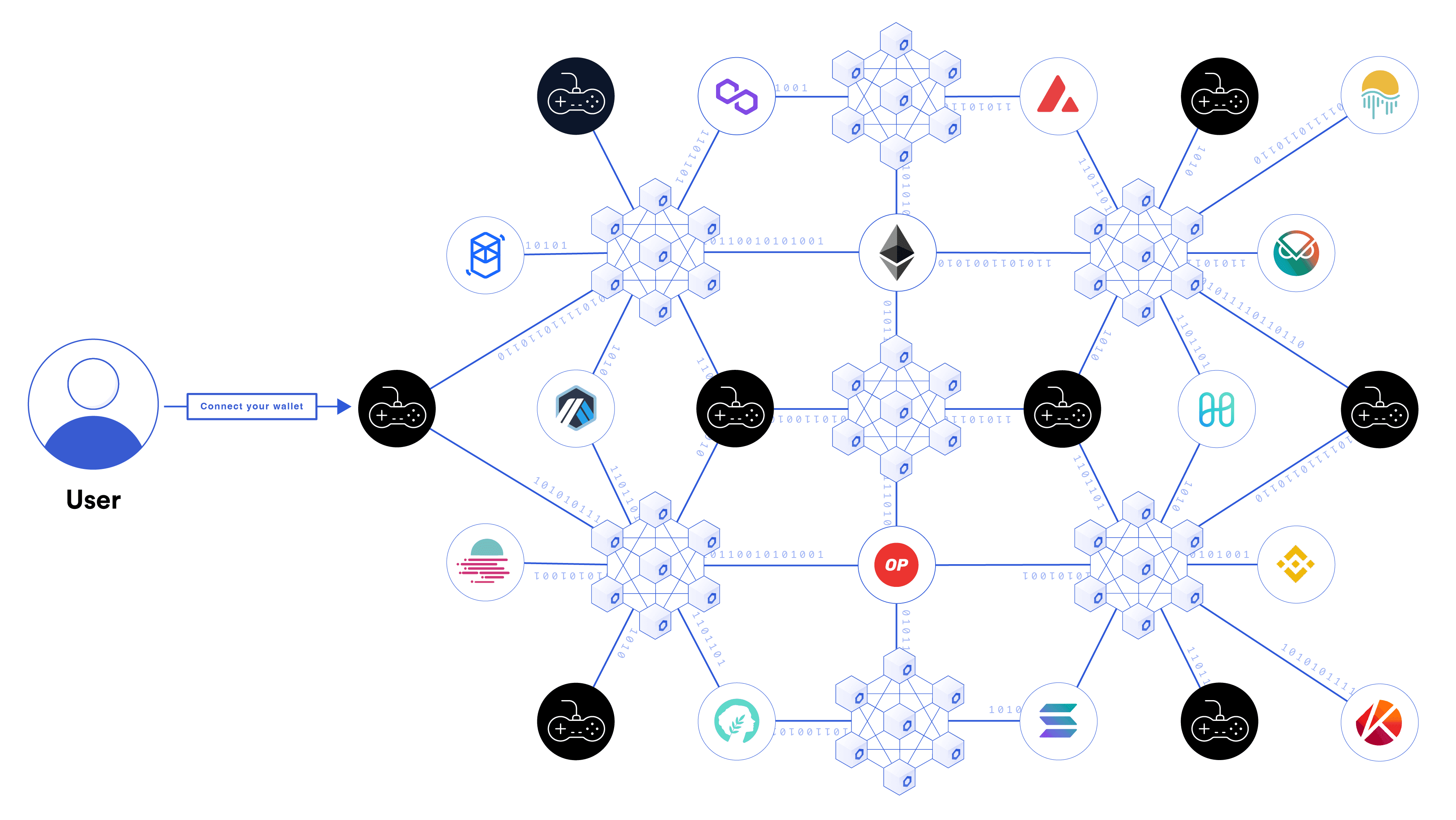Explaining the internet to someone in the 1970s would have seemed almost impossible. Back then, people relied on paper maps for navigation, travel agents for booking flights, and physical letters to communicate. Shopping was done either in person or through mail-order catalogs, and bill payments were made by mailing checks. The internet changed all of these systems rapidly and irreversibly. As technology advanced, the rate of change increased, transforming the way society functions. Today, web3 is positioned to bring about another significant shift—potentially even more far-reaching than the one caused by the internet.

How Blockchain is Shaping the Future of the Internet
Understanding Web3
Web3 is considered the third major phase of the internet. The first phase, known as web 1.0, was largely static, consisting of websites with content produced by a small number of creators and consumed passively by users. The second phase, web 2.0, introduced interactivity and user-generated content, but also led to increasing centralization. A small number of large platforms began to dominate internet traffic, often collecting and monetizing user data in the process. Web3 aims to combine the openness of web 1.0 with the interactivity of web 2.0, but with a key difference: it is built on decentralized blockchain infrastructure. This allows users to have more control over their data, participate in governance, and interact online without relying on central intermediaries.

How Blockchain is Shaping the Future of the Internet
The Societal and Financial Impact of Blockchain
Blockchain infrastructure has the potential to change how individuals engage with governments, businesses, and each other. One of the primary shifts involves user empowerment. In the web2 model, users often accept reduced privacy in exchange for convenience, allowing companies to collect and use their data in various ways. Social media platforms, for example, generate revenue by tracking user behavior and selling targeted advertising. Financial institutions also play a gatekeeping role, determining who can access credit and other financial services.
Web3 offers a different model. With decentralized systems, individuals can retain ownership of their data and digital identities through blockchain-based digital wallets. These wallets store tokenized assets and credentials, giving users the ability to interact with digital services without relying on centralized servers. This model allows users to maintain control of their online presence and move between applications more freely, while reducing exposure to data collection practices.

Advantages of Blockchain
Economic Inclusion, Transparency and Accountability
Another major area of impact is economic inclusion. Traditional financial systems often leave out individuals who lack access to banking services, credit history, or stable assets. These issues are particularly acute in rural or developing regions. Blockchain technology enables financial services that are both borderless and permissionless, lowering barriers for participation. Platforms built on high-performance blockchain networks, such as Avalanche, can facilitate low-cost transactions, cross-border payments, and decentralized savings and investment opportunities. These services offer new financial tools to populations that have historically been underserved.
Web3 also introduces greater transparency and accountability into systems that have long been opaque. Many institutions, including governments and financial entities, face increasing levels of public distrust. Blockchain can provide verifiable records of transactions, decisions, and processes. In supply chains, for example, blockchain makes it possible to track the origin and movement of goods, allowing consumers to verify claims related to sustainability or ethical sourcing. In public governance, blockchain can support more secure and transparent voting systems. This shift transfers trust from centralized institutions to verifiable technologies, offering new ways to ensure accountability.

How Blockchain is Shaping the Future of the Internet
Avalanche’s Role in the Web3 Ecosystem
As a foundational technology, blockchain underpins the development of web3, but building a decentralized internet requires more than just infrastructure. Avalanche supports developers in creating applications that fulfill web3’s promise. It is a blockchain platform specifically designed to achieve high scalability without compromising decentralization or security. Avalanche uses a unique architecture that includes multiple interoperable blockchains and a rapid consensus mechanism. This enables developers to build applications that process large volumes of transactions quickly and at a low cost.
Avalanche also focuses on supporting developers through its ecosystem. The platform offers compatibility with the Ethereum Virtual Machine, making it easier for developers to port applications or start new projects. With an emphasis on low fees, high throughput, and fast transaction finality, Avalanche provides the tools needed to scale decentralized applications. The platform also invests in its community through initiatives like hackathons and grant programs, which encourage innovation and support long-term development.
Beyond infrastructure, Avalanche is already being used in real-world applications across industries such as finance, gaming, and governance. Institutions are leveraging the platform to build decentralized finance protocols, digital asset marketplaces, and governance tools, illustrating the practical potential of web3 technology.

Avalanche Card
The Path Forward
Just as people in the 1970s could not have predicted the extent to which the internet would reshape everyday life, many today may not fully grasp how web3 will change the way society functions. Yet, the changes are already underway. Blockchain enables secure and automated transactions, allowing processes such as buying property or accessing financial services to occur without intermediaries. Developers are actively building applications that reflect these capabilities, making web3 more accessible and functional for users around the world.
Web3 is not a distant concept but an emerging reality. As blockchain technology continues to mature, its influence on business, governance, and personal interactions is likely to grow. The transition to a more decentralized, transparent, and inclusive digital ecosystem is in progress, supported by platforms like Avalanche that provide the tools and infrastructure necessary for development and adoption.
Source: Avalanche



